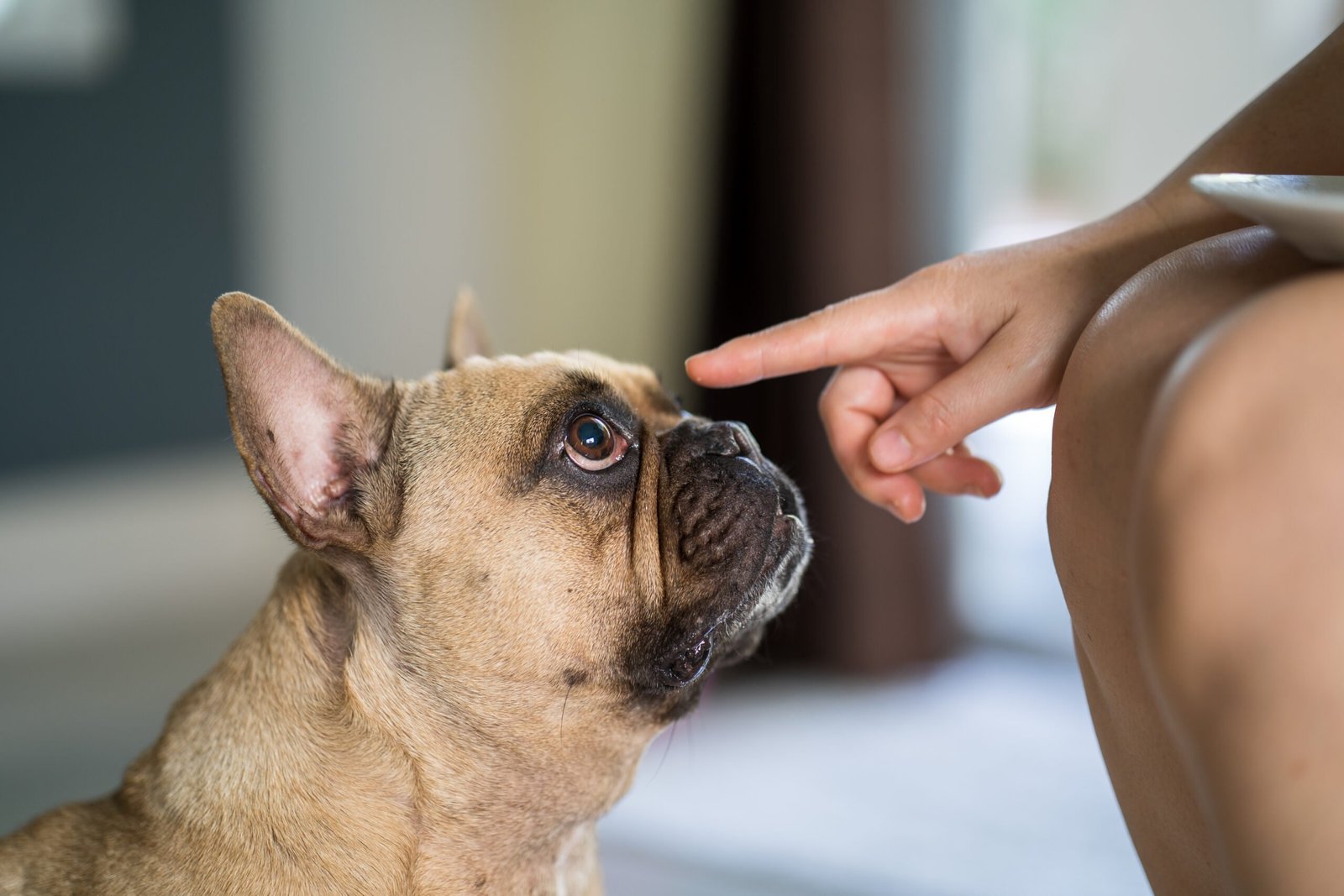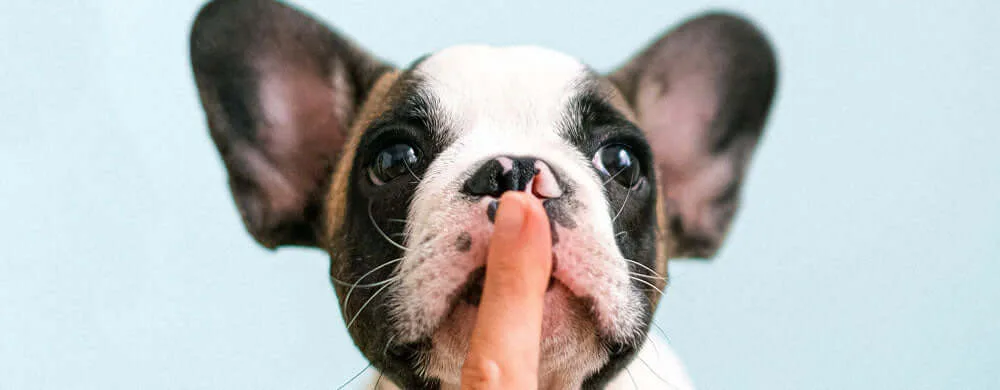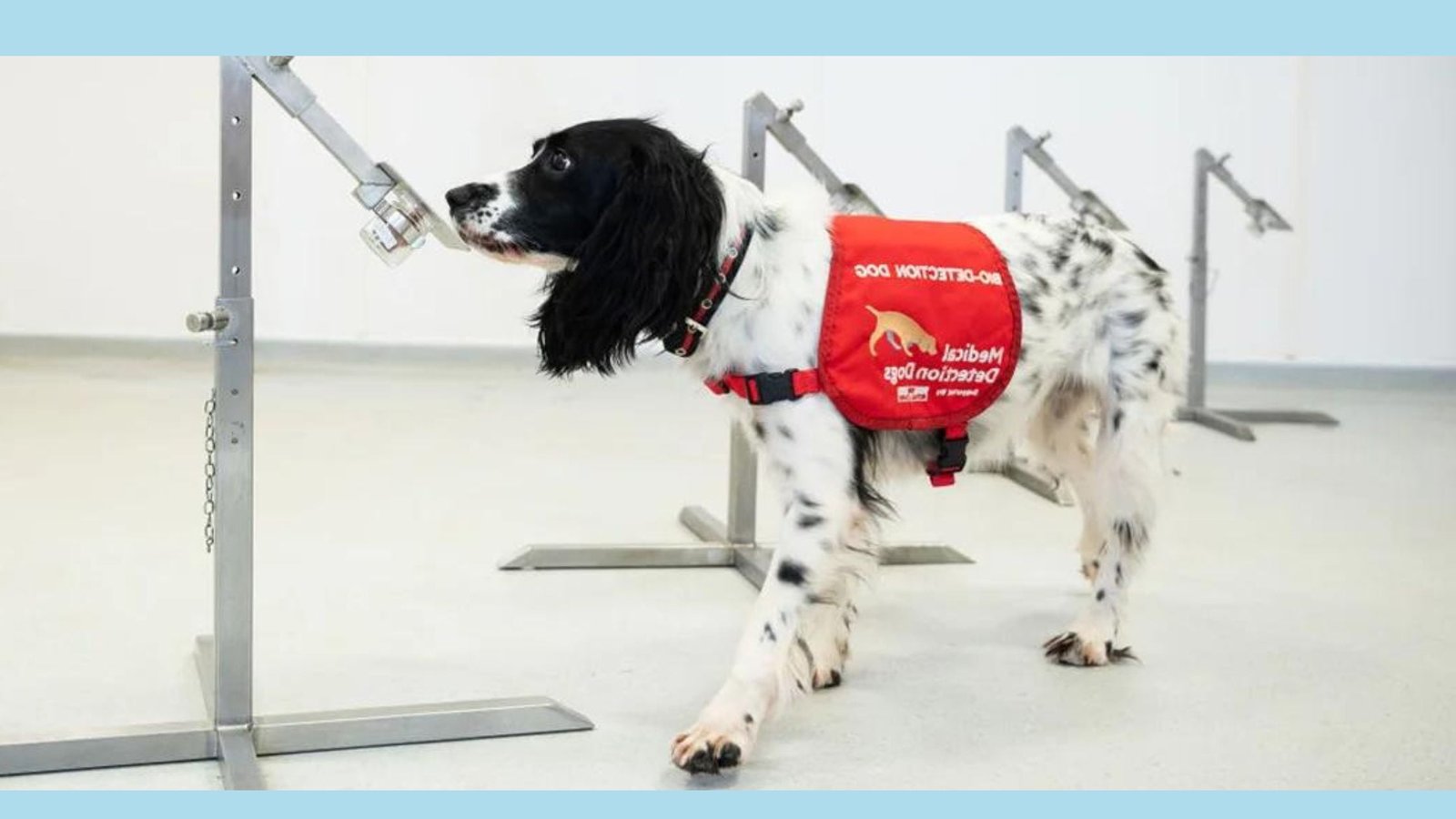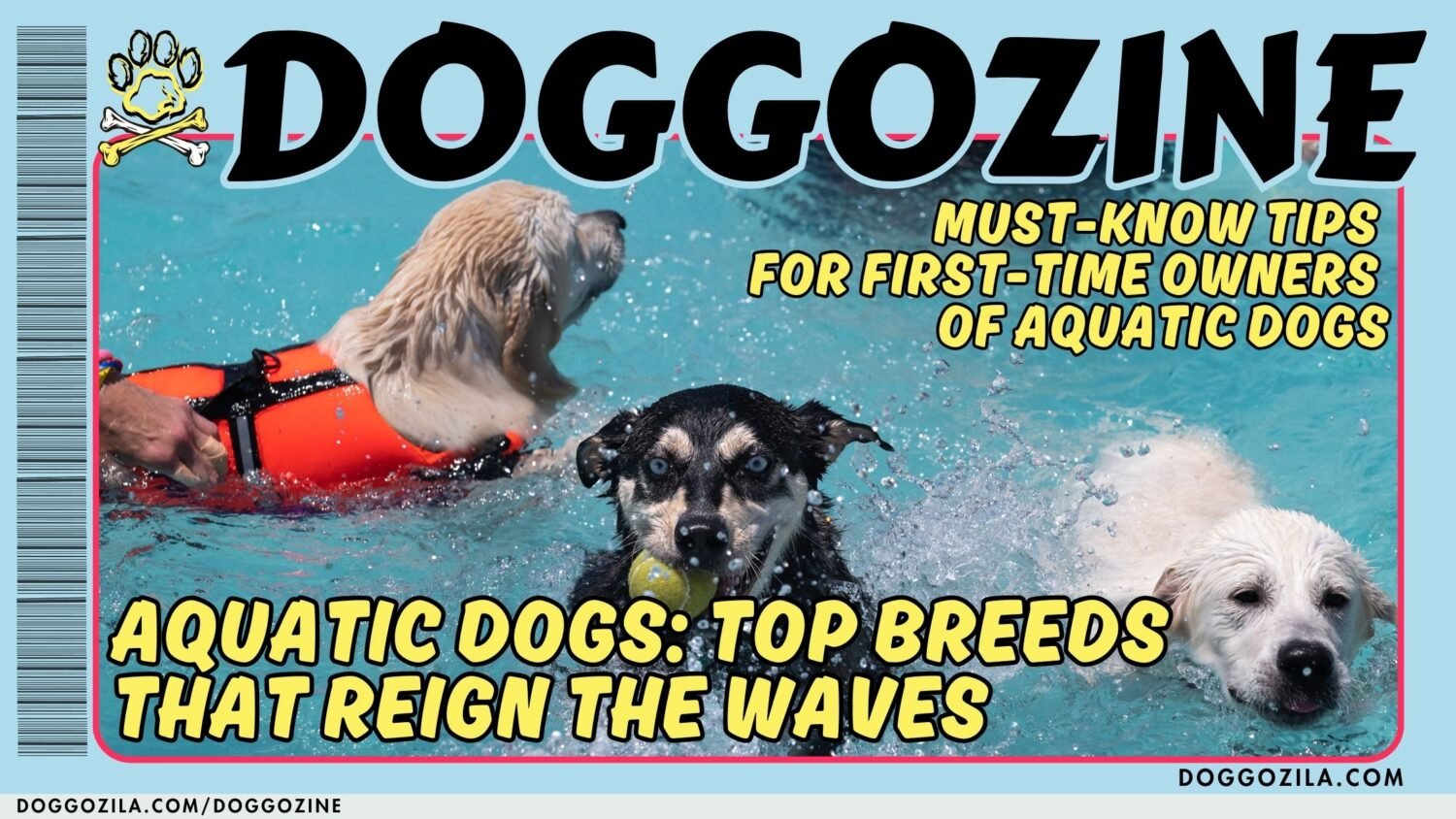Did you know that all dogs love things with greatest odor and that really stink? Well, yes, your dog loves things that stink because their sense of smell is so unique they really are enjoying to use it to the fullest!

YOUR DOG LOVES THINGS THAT STINK
The dog’s nose is unique as the human fingerprint! Every nose is having its unique pattern of ridges and creases. Even if the dog is getting older, the dog’s nose print won’t change!
Dog nose facts
Studies have shown that the dog’s sense of smell is 10,000 to 100,000 times more acute than a human’s nose. Their smell ability is better because of the number of scent receptors. They have more than 100 million sensory receptors sites in the nasal cavity compared to 6 million in people.
Not all dogs have the best sense of smell. Non-brachycephalic breeds have more sensitivity to odor compared to non-brachycephalic breeds as the bulldogs who have short noses.
In dogs, about 12% to 13% of the inhaled air is separated through an upper pathway that leads straight to the olfactory epithelium (a thin layer of tissue responsible for detecting odors), while humans when inhale, the air passes through their noses and moves down to their tracheas to their lungs.
Guess what! Dogs have a special smelling organ.
This is called vomeronasal organ also known as ‘’Jacobson’s organ’’. It is located just above the roof of the mouth in dogs. It detects pheromones (chemical signals) used to communicate with other dogs. They use the pheromones to better communicate fear and distress, to increase the bond between a mother and her puppies and also during mating.
Dog Scent
Dogs’ noses are being used to sniff out diseases. With their powerful sense of smell they have been able to detect cancer, to predict seizures and identify people with low blood sugar. Because of their strong ability to smell in distance they are often used to aid police and rescue teams. They can pick up a scent from as far away as 1,6 miles in a rural environment.
The Bloodhound has approximately 300 million scent receptors. Other breeds with a huge number of scent receptors are Labrador Retriever, German Shepherd and the Bluetick Coonhound. Smell that dogs hate are chilli peppers, onions, ground spices, garlic, citrus fruits, vinegar, alcohol…
There is a reason why dogs smell each other’s butts. The smell each other’s butts in order to learn more about the other dog. They are gathering information about the dog’s personality, age, and behavior.
Read more veterinary tips in our vet tips category!

THE ANATOMY OF A DOG’S NOSE
A dog’s nose is a marvel of nature, with an incredible sense of smell that far surpasses our human abilities. But there’s so much more to learn about this amazing organ. In this detailed guide, we’ll delve into the world of a dog’s nose, from their extraordinary olfaction abilities to the anatomy of their nasal structure, and some fun facts that make you appreciate this remarkable feature even more. A dog’s nose is more than just a sensory organ; it’s a window to a fascinating world of scent. It’s an integral part of a dog’s identity and plays a vital role in their daily life.
External and Internal Nasal Structure
The external nose of a dog is covered in soft, moist tissue that helps capture scent molecules from the air. The internal nasal structure is complex and efficient, with a labyrinth of nasal turbinates that maximize scent detection.
DOG OLFACTION: A SUPERPOWER
The Olfactory Bulb, Scent Receptors and Discrimination
The olfactory bulb is the part of a dog’s brain responsible for processing scent information. In dogs, it’s comparatively larger and more developed than in humans.
Dogs have an astonishing number of scent receptors, estimated at 300 million, while humans have only 5-6 million. A dog’s ability to differentiate between various scents is extraordinary. They can detect subtle differences in scents that humans cannot even perceive.
FASCINATING FACTS ABOUT a DOG’S NOSE
- Dogs Can Detect Diseases: Dogs have been trained to detect various diseases, including cancer, diabetes, and even COVID-19, through their acute sense of smell.
- Scent Trails and Communication: Dogs leave scent trails through their paw pads and urine, allowing them to communicate with other dogs. They can also follow scent trails left by others, aiding in hunting and search-and-rescue missions.
- A Cooling Mechanism: Dogs use their noses to regulate body temperature. They pant to cool down, and the evaporation of moisture from their nose helps in this cooling process.

DOGS IN SPECIAL ROLES: SEARCH AND RESCUE
The dog’s sense of smell is invaluable in roles such as search and rescue, tracking missing persons, detecting drugs and explosives, and assisting in hunting.
A Dog’s Nose – A True Wonder of Nature
The dog’s nose is a remarkable and multifaceted organ. It’s not only an essential tool for their survival but also a means of communication, a superpower for detection, and a source of endless wonder. Understanding the incredible capabilities of a dog’s nose deepens our appreciation for the unique bond we share with our canine companions.
The next time you see your dog following a scent trail or sniffing the air with enthusiasm, remember the astounding world their nose unlocks, and you’ll gain a newfound admiration for this incredible feature.
THE FASCINATION EXPLAINED: WHY YOUR DOG LOVES THINGS THAT STINK
It’s a familiar sight for many dog owners: their furry companions delighting in rolling around in foul-smelling substances or enthusiastically investigating pungent odors. Dogs’ attraction to stinky things might puzzle or amuse us, but there are reasons behind this behavior. Further in this article, we’ll explore why dogs have an affinity for smelly objects and what drives this seemingly peculiar behavior.
Dogs experience the world primarily through their remarkable sense of smell. Their olfactory abilities are far superior to humans, with an estimated 50 to 300 million scent receptors compared to our approximately 5 to 6 million. Their noses are finely tuned to detect and distinguish a wide array of scents, from the pleasant to the downright putrid.
Why your dog loves things that stink?
- Natural Instincts: Dogs are descendants of wild hunters, and their behavior often harks back to their ancestral instincts. Rolling in strong odors or investigating foul scents might be a way for dogs to mask their own scent, making it easier to approach prey or disguise their presence from potential predators.
- Claiming Their Territory: Dogs have scent glands in various parts of their bodies. Rolling in smelly substances might be a way for them to mark their territory by transferring that scent to themselves.
- Exploration and Curiosity: Dogs are naturally curious creatures. They learn about their environment through their sense of smell, and a strong odor might pique their curiosity, prompting them to investigate.
- Pleasure and Comfort: Surprisingly, what might seem like a repulsive smell to us might be a source of pleasure or comfort for dogs. Rolling in something smelly might evoke positive feelings for them.
- An Outlet for Boredom or Stress: Dogs may engage in this behavior when they’re bored or anxious. Rolling in something foul can be a form of entertainment or a coping mechanism for stress.

MANAGING DOG BEHAVIOR AND WHY THE LOVES FOR THINGS THAT STINK
While it’s understandable that your dog loves things that stink and all dogs are drawn to stinky things due to their natural instincts and sensory curiosity, it’s not always practical or pleasant for their human companions.
Tips for managing this behavior
- Training and Commands: Basic obedience training can help you teach your dog commands like “leave it” or “come,” which can be useful when they’re about to explore something unpleasant.
- Provide Adequate Stimulation: Ensure your dog gets enough mental and physical exercise to prevent boredom. A tired and mentally stimulated dog is less likely to seek out smelly distractions.
- Supervision and Leash Control: Keep your dog on a leash in areas where you know there might be tempting odors. This allows you to control their movements and prevent them from indulging in rolling in something unpleasant.
- Redirect Attention: If you notice your dog’s interest in a stinky object, redirect their attention with a favorite toy or an enjoyable activity.
- Maintain a Regular Grooming Routine: Ensuring your pooch receives frequent baths and thorough grooming sessions can make a significant difference in eliminating potent odors that tend to linger in their fur. This practice not only enhances their overall cleanliness but also helps reduce the likelihood of them engaging in smelly activities like rolling in pungent substances found outdoors.
Unveiling the Fascinating World of Dog Olfactory Obsessions and why Loves things that stink
While humans may find it perplexing, a dog’s love for all things stinky is deeply rooted in their innate instincts and insatiable curiosity about the world around them. Their remarkable sense of smell, which is exponentially more acute than our own, allows them to explore and experience their surroundings in a uniquely captivating way.
This olfactory fascination often stems from a primal urge to gather information about their environment, potential prey, or even potential mates. Moreover, some delightfully pungent scents can actually elicit a sense of pleasure in our canine companions. Their olfactory receptors are wired differently from ours, and what might seem repulsive to us can be an absolute delight for them.
Engaging in activities like rolling in smelly substances or investigating decaying matter is a way for dogs to satisfy their natural curiosity and indulge in scents that they find irresistible, even if they clash with our human sensibilities. We should know that while this conduct might discomfort us, it’s wholly natural and inherent in a dog’s life. Knowing what drives them is crucial.
Read more dog nose facts on Wiki Pages!









